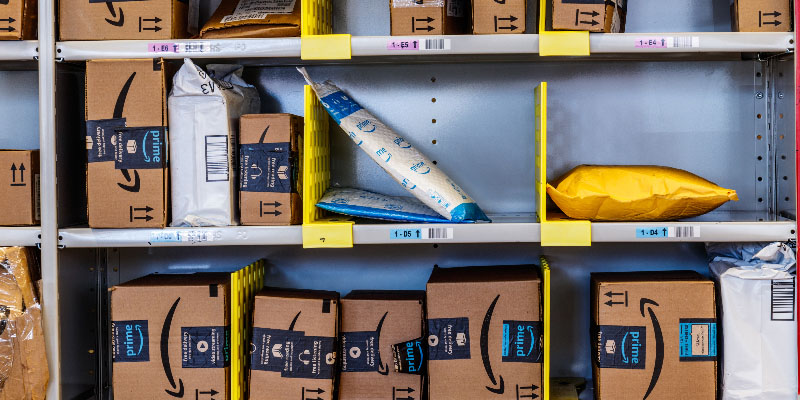Amazon announced earlier this year that it plans to reach net zero carbon emissions for 50 percent of all shipments by 2030, a project referred to as “Shipment Zero.” The supply chain powerhouse, which ships billions of items with fossil fuel-powered vehicles, also established that it would publicly summarize its carbon footprint this year.
Wendy Tate, a professor in the online Master of Science in Supply Chain Management at the University of Tennessee, Knoxville’s Haslam College of Business, and Lisa Ellram, a professor of Supply Chain Management at the Farmer School of Business at Miami University, discuss how, in an April 2019 International Business Times piece, Amazon’s efforts to reduce emissions set a positive example for other companies. Given its enormous carbon footprint, if Amazon can attain a reduction of this magnitude, it will influence other organizations to make the same effort.
This achievement will not materialize without a great deal of planning and action, Tate and Ellram say. This is especially true given Amazon’s reliance on both air and ground transport, as well as third-party shipping organizations.
Tate, and Ellram, suggest that Amazon could successfully reduce carbon emissions by:
- Working closely with suppliers, carriers, employees and customers to come up with innovative shipping methods, and encouraging bulk shipping;
- Educating customers on the consequences of shipping methods;
- Charging additional fees for air shipping; and
- Further pursuing an environmentally friendly work culture though the education of employees, establishment of ride-sharing programs and the replacement of travel with video conferencing.
If the necessary steps are taken to reduce emissions, Amazon’s momentum could result in a considerable win for the environment.
